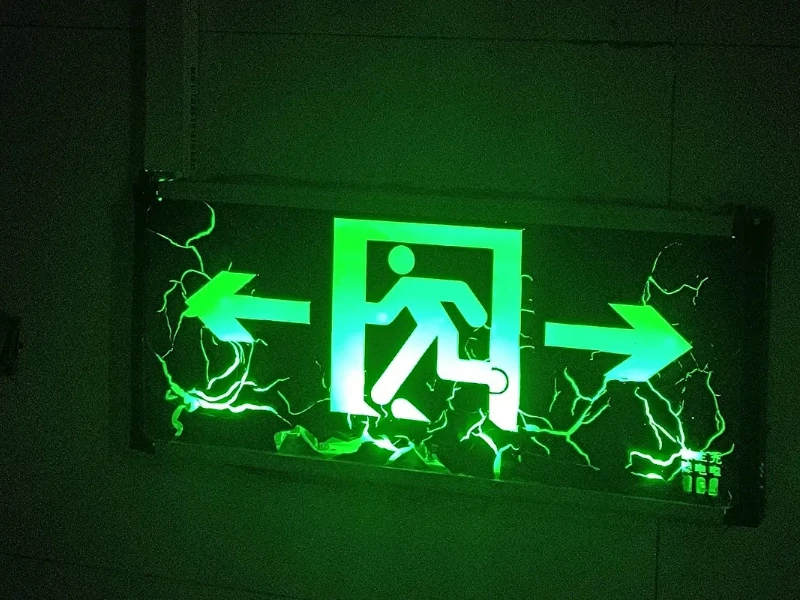Introduction:
Emergency lights play a critical role in ensuring safety during unexpected power outages or emergencies. The reliability of these lights depends on the condition of their lead acid batteries. Regular maintenance, including timely battery replacement, is essential to guarantee that emergency lights function optimally when needed. In this article, we’ll explore when and why emergency light batteries should be replaced.
Battery Life Expectancy:
Emergency light batteries have a finite lifespan, typically ranging from three to five years. Manufacturers provide guidelines on the expected life expectancy of their batteries. It’s crucial for facility managers, safety officers, or individuals responsible for emergency preparedness to be aware of this timeline. Regular checks on the installation date and adherence to the manufacturer’s recommendations are fundamental in ensuring the reliability of emergency lights.
Periodic Testing:
Regular testing of emergency lights is a standard practice to identify potential issues before they escalate. During these tests, pay close attention to the brightness and duration of the light. Diminished brightness or a shortened illumination period may indicate that the batteries are losing their capacity and should be replaced. Testing should be conducted according to local regulations and standards.
Environmental Factors:
The environment in which emergency lights operate can impact battery life. Extreme temperatures, high humidity, or corrosive conditions can accelerate battery deterioration. Regular inspections should include assessing the environmental conditions surrounding the emergency lights. If they are exposed to harsh elements, consider more frequent battery replacements to ensure optimal performance.
Aging Signs:
Like any other battery-powered device, emergency light batteries exhibit signs of aging. Physical indicators include leakage, corrosion around battery terminals, or a swollen battery casing. Any of these signs suggest that the batteries have reached the end of their useful life and should be replaced promptly. Ignoring these warnings can compromise the reliability of the entire emergency lighting system.
Compliance with Regulations:
Different regions have specific regulations and codes governing emergency lighting systems. These regulations often include guidelines on the replacement of batteries to maintain compliance. Facility managers and safety officers must stay informed about the applicable codes in their area and adhere to recommended timelines for battery replacement.
Conclusion:
Replacing emergency light batteries is a crucial aspect of maintaining a safe and compliant environment. By understanding the life expectancy of batteries, conducting regular tests, monitoring environmental conditions, recognizing signs of aging, and complying with regulations, individuals responsible for emergency preparedness can ensure that their emergency lights are always ready to provide illumination when needed. Proactive battery replacement is a small yet vital investment in the overall safety and security of any facility.


